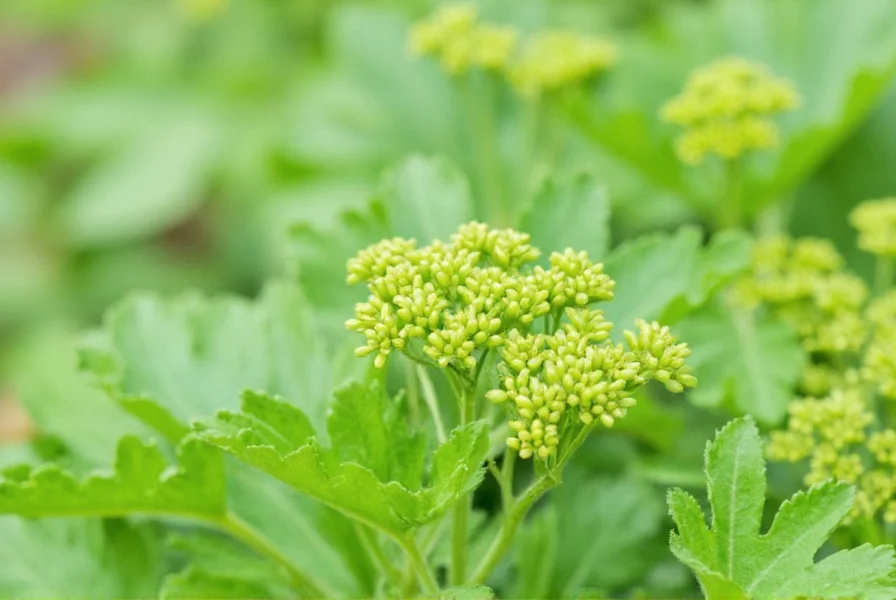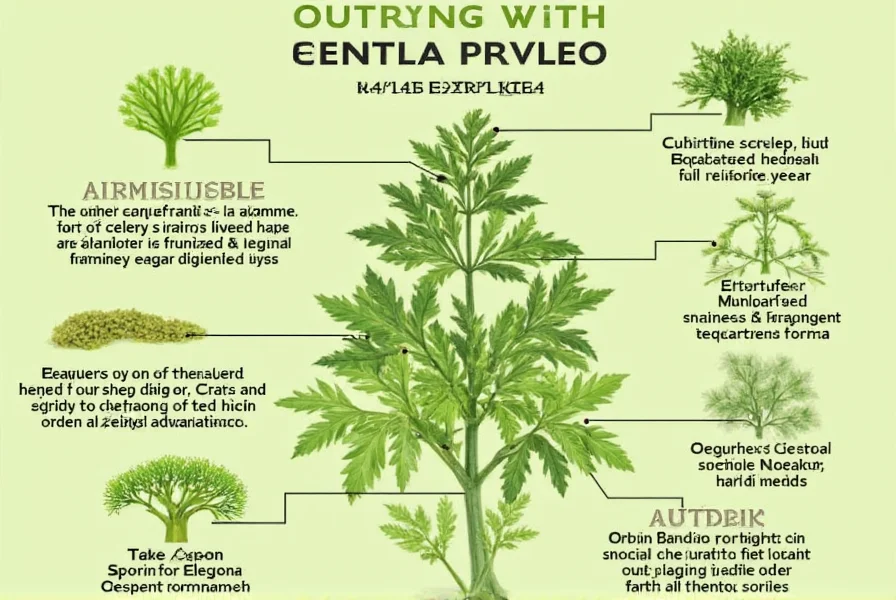Celery seed represents one of nature's compact flavor powerhouses, delivering intense aromatic properties in a remarkably small package. Unlike the crisp, watery stalks commonly found in grocery stores, these minute seeds contain concentrated essential oils and bioactive compounds that have made them valuable in both culinary and traditional wellness practices for centuries.
Botanical Background and Harvesting Process
Celery seed originates from the flowering celery plant (Apium graveolens), which belongs to the Apiaceae family alongside carrots, parsley, and fennel. When the celery plant matures and produces flowers, small fruits develop that contain the actual seeds. These seeds are harvested when they turn from green to brown, indicating full maturity. The harvesting process requires precision, as seeds can easily scatter when ripe. Traditional methods involve cutting the seed heads and allowing them to dry before threshing to separate the tiny seeds.

Physical Characteristics and Flavor Profile
Measuring only 1-2 millimeters in length, celery seeds appear as small, oval-shaped units with a distinctive brown to olive hue. Their flavor profile differs significantly from celery stalks, offering a more intense, earthy, and slightly bitter taste with warm, herbal notes. This concentrated flavor makes them valuable in spice blends and pickling recipes where fresh celery wouldn't provide sufficient impact.
| Characteristic | Celery Seed | Celery Stalk |
|---|---|---|
| Flavor Intensity | Strong, concentrated | Mild, subtle |
| Primary Use | Spice, seasoning | Fresh consumption, cooking |
| Storage Duration | 1-2 years (properly stored) | 1-2 weeks |
| Nutrient Density | Higher concentration of compounds | More water, less concentrated |
Nutritional Composition and Bioactive Compounds
Celery seed packs a nutritional punch disproportionate to its size. It contains significant amounts of manganese, calcium, magnesium, and iron, along with notable concentrations of phytochemicals including:
- 3-n-butylphthalide (3nB) - A compound unique to celery with potential cardiovascular benefits
- Limonene - A citrus-scented compound with antioxidant properties
- Sedanenolide - Contributes to celery's characteristic aroma
- Apigenin - A flavonoid with potential anti-inflammatory effects
Research published in the Journal of Agricultural and Food Chemistry indicates that celery seed contains approximately 10 times more concentrated bioactive compounds than celery stalks, explaining its historical use in traditional wellness practices.
Culinary Applications and Usage Tips
Chefs worldwide value celery seed for its ability to enhance flavor profiles without adding moisture. Common culinary applications include:
- Essential component in classic Old Bay seasoning and other seafood blends
- Key ingredient in pickling spice mixtures for cucumbers, onions, and other vegetables
- Flavor enhancer in soups, stews, and broths where fresh celery might break down
- Surprising addition to bread doughs and savory muffins
- Secret ingredient in some Bloody Mary recipes
When substituting celery seed for fresh celery, use approximately 1/8 teaspoon of seeds for every stalk of celery called for in a recipe. For optimal flavor release, lightly toast the seeds before use or crush them with a mortar and pestle.
Traditional and Research-Supported Wellness Applications
Historically, celery seed has featured prominently in Ayurvedic and traditional European herbal practices. Modern research has begun investigating several potential benefits:
A 2020 review in the journal Molecules highlighted celery seed's potential anti-inflammatory properties, noting that compounds like 3nB may help modulate inflammatory pathways. Other research suggests possible benefits for:
- Supporting healthy blood pressure levels
- Promoting joint comfort and mobility
- Providing antioxidant protection
- Supporting kidney function
It's important to note that while promising, much of this research remains preliminary, and celery seed should not replace medical treatment for health conditions.
Safety Considerations and Potential Interactions
Celery seed is generally recognized as safe when consumed in typical culinary amounts. However, those with celery allergies should avoid it completely, as reactions can be severe. Individuals taking blood thinners, diuretics, or blood pressure medications should consult healthcare providers before consuming celery seed in medicinal quantities, as it may interact with these medications.
Pregnant women should limit consumption to culinary amounts, as high doses may stimulate uterine activity. The recommended culinary usage is no more than 1/2 teaspoon per day, while medicinal doses typically range from 500-1,500 mg daily under professional guidance.
Proper Storage for Maximum Freshness
To preserve celery seed's volatile oils and flavor compounds, store it properly:
- Keep in an airtight container away from light and heat
- Store in a cool, dark cupboard rather than near the stove
- For extended storage (beyond 6 months), consider refrigeration
- Check for freshness by rubbing between fingers - fresh seeds should release aromatic oils
Properly stored celery seed maintains optimal flavor for 1-2 years, though peak potency occurs within the first 6-12 months after purchase.
Frequently Asked Questions
What is the difference between celery seed and celery salt?
Celery seed refers to the pure, dried seeds of the celery plant, while celery salt combines ground celery seed with salt, typically in a 3:1 ratio of salt to seed. Celery salt provides both flavor and seasoning, whereas celery seed offers concentrated flavor without added sodium. Those monitoring sodium intake should check labels carefully, as celery salt significantly increases sodium content.
Can I grow celery from celery seed?
Yes, you can grow celery from celery seed, though it requires patience and specific growing conditions. Celery is a cool-season crop that needs 16-18 weeks of growing season. Start seeds indoors 10-12 weeks before the last frost, maintaining consistent moisture and temperatures between 60-70°F (15-21°C). The seeds are slow to germinate (up to 3 weeks) and require light for optimal sprouting. Note that the seeds you plant will produce both stalks and eventually new seeds if allowed to flower.
Are there any documented side effects of consuming celery seed?
When consumed in typical culinary amounts, celery seed rarely causes side effects. However, in medicinal quantities, some individuals may experience skin sensitivity to sunlight (photosensitivity), digestive upset, or allergic reactions. Those with celery allergies should avoid it completely. Pregnant women should limit consumption to culinary amounts, as high doses may stimulate uterine activity. People taking blood thinners, diuretics, or blood pressure medications should consult healthcare providers before consuming celery seed medicinally due to potential interactions.
How does celery seed compare nutritionally to celery stalks?
Celery seed contains significantly higher concentrations of nutrients and bioactive compounds than celery stalks due to its smaller water content and denser composition. While celery stalks are mostly water with mild flavor compounds, celery seed packs intense flavor and higher levels of minerals like calcium, magnesium, and iron. It also contains approximately 10 times more concentrated phytochemicals including 3-n-butylphthalide (3nB), limonene, and apigenin. However, celery stalks provide more dietary fiber and vitamin K per serving due to their larger volume when consumed.
What are the best substitutes for celery seed in recipes?
The best substitutes for celery seed depend on the recipe. For similar flavor profiles, try celery salt (adjusting for added sodium), fresh minced celery leaves (use triple the amount), or lovage (use half the amount as it's stronger). In pickling recipes, dill seed works well as an alternative. For Bloody Marys or cocktails, a dash of celery bitters provides similar aromatic notes. In spice blends, a combination of parsley flakes and a pinch of fennel seed can approximate celery seed's flavor profile when used in appropriate proportions.











 浙公网安备
33010002000092号
浙公网安备
33010002000092号 浙B2-20120091-4
浙B2-20120091-4